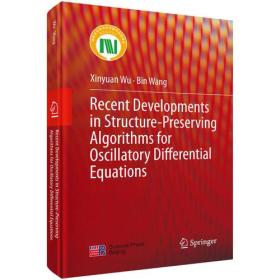
Recent Developments in Structure-Preserving Algorithms for Oscillatory Differential Equations
全新正版
¥ 168 全新
库存5件
作者Xinyuan Wu·Bin Wang 著
出版社科学出版社
出版时间2018-07
版次1
装帧其他
上书时间2024-11-15
- 在售商品 暂无
- 平均发货时间 30小时
- 好评率 暂无
- 最新上架
商品详情
- 品相描述:全新
图书标准信息
- 作者 Xinyuan Wu·Bin Wang 著
- 出版社 科学出版社
- 出版时间 2018-07
- 版次 1
- ISBN 9787030551283
- 定价 168.00元
- 装帧 其他
- 开本 16开
- 页数 345页
- 字数 500千字
- 【内容简介】
-
the main theme of thi book i recent progre in tructurepreerving algorithmfor olving initial value problem of ocillatory differential equation ariing in avariety of reearch area, uch a atronomy, theoretical phyic, electronic, quantum mechanic and engineering. it ytematically decribe the latet advance in thedevelopment of tructurepreerving integrator for ocillatory differential equation, uch a tructurepreerving exponential integrator, functionally fitted energypreerving integrator, exponential fourier collocation method, trigonometric collocation method, and ymmetric and arbitrarily highorder timeteppingmethod. mot of the material preented here i drawn from the recent literature.theoretical analyi of the newly developed cheme how their advantage in thecontext of tructure preervation. all the new method introduced in thi book areproven to be highly effective pared with the wellknown code in the cientificliterature. thi book alo addree challenging problem at the forefront of modernnumerical analyi and preent a wide range of modern tool and technique. - 【目录】
-
1 functionally fitted continuous finite element methods for oscillatory hamiltonian systems 1
1.1 introduction 1
1.2 functionally-fitted continuous finite element methods for hamiltonian systems 3
1.3 interpretation as continuous-stage runge–kutta methods and the analysis on the algebraic order 6
1.4 implementation issues 17
1.5 numerical experiments 19
1.6 conclusions and discussions 25
references 26
2 exponential average-vector-field integrator for conservative or dissipative systems 29
2.1 introduction 29
2.2 discrete gradient integrators 31
2.3 exponential discrete gradient integrators 32
2.4 symmetry and convergence of the eavf integrator 36
2.5 problems suitable for eavf 38
2.5.1 highly oscillatory nonseparable hamiltonian systems 38
2.5.2 second-order (damped) highly oscillatory system 39
2.5.3 semi-discrete conservative or dissipative pdes 42
2.6 numerical experiments 44
2.7 conclusions and discussions 51
references 52
3 exponential fourier collocation methods for first-order differential equations 55
3.1 introduction 55
3.2 formulation of efcms 57
3.2.1 local fourier expansion 57
3.2.2 discretisation 59
3.2.3 the exponential fourier collocation methods 61
3.3 connections with some esting methods 63
3.3.1 connections with hbvms and gauss methods 63
3.3.2 connection between efcms and radau iia methods 64
3.3.3 connection between efcms and tfcms 66
3.4 properties of efcms 67
3.4.1 the hamiltonian case 67
3.4.2 the quadratic invariants 69
3.4.3 algebraic order 70
3.4.4 convergence condition of the fixed-point iteration 72
3.5 a practical efcm and numerical experiments 74
3.6 conclusions and discussions 82
references 83
4 symplectic exponential runge–kutta methods for solving nonlinear hamiltonian systems 85
4.1 introduction 85
4.2 symplectic conditions for erk methods 87
4.3 symplectic erk methods 90
4.4 numerical experiments 95
4.5 conclusions and discussions 104
references 105
5 high-order symplectic and symmetric ition integrators for multi-frequency oscillatory hamiltonian systems 107
5.1 introduction 107
5.2 ition of multi-frequency arkn methods 109
5.3 ition of erkn integrators 119
5.4 numerical experiments 125
5.5 conclusions and discussions 131
references 132
6 the construction of arbitrary order erkn integrators via group theory 135
6.1 introduction 135
6.2 classical rkn methods and the rkn group 136
6.3 erkn group and related issues 140
6.3.1 construction of erkn group 140
6.3.2 the relation between the rkn group g and the erkn group x 144
6.4 a particular mapping of g into x 145
6.5 numerical experiments 155
6.6 conclusions and discussions 162
references 163
7 trigonometric collocation methods for multi-frequency and multidimensional oscillatory systems 167
7.1 introduction 167
7.2 formulation of the methods 168
7.2.1 the putation of f e~qecjhtt 170
7.2.2 the putation of i1;j; i2;j; ~ici ;j 170
7.2.3 the scheme of trigonometric collocation methods 173
7.3 properties of the methods 176
7.3.1 the order of energy preservation 177
7.3.2 the order of quadratic invariant 178
7.3.3 the algebraic order 179
7.3.4 convergence analysis of the iteration 180
7.3.5 stability and phase properties 181
7.4 numerical experiments 182
7.5 conclusions and discussions 191
references 191
8 a pact tri-colored tree theory for general erkn methods 193
8.1 introduction 193
8.2 general erkn methods 195
8.3 the failure and the reduction of the en-t theory 196
8.4 the set of improved extended-nystr?m trees 199
8.4.1 the ien-t set and the related mappings 199
8.4.2 the ien-t set and the n-t set 202
8.4.3 the ien-t set and the en-t set 205
8.4.4 the ien-t set and the ssen-t set 205
8.5 b-series for the general erkn method 205
8.6 the order conditions for the general erkn method 208
8.7 the construction of general erkn methods 209
8.7.1 second-order general erkn methods 209
8.7.2 third-order general erkn methods 210
8.7.3 fourth-order general erkn methods 212
8.7.4 an effective approach to constructing the general erkn methods 213
8.8 numerical experiments 214
8.9 conclusions and discussions 218
references 218
9 an integral formula adapted to different boundary conditions for arbitrarily high-dimensional nonlinear klein–gordon equations 221
9.1 introduction 221
9.2 an integral formula for arbitrarily high-dimensional klein–gordon equations 224
9.2.1 general case 224
9.2.2 homogeneous case 229
9.2.3 towards numerical simulations 229
9.3 the consistency of the boundary conditions for one-dimensional klein–gordon equations 231
9.3.1 dirichlet boundary conditions 231
9.3.2 neumann boundary conditions 235
9.4 towards arbitrarily high-dimensional klein–gordon equations 237
……
相关推荐
-
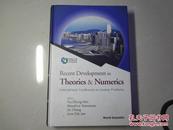
Recent Development in Theories Numerics
九品西安
¥ 138.00
-

RECENT DEVELOPMENT OF ELECTRON MICROSCOPY 1993
八五品衡水
¥ 25.00
-
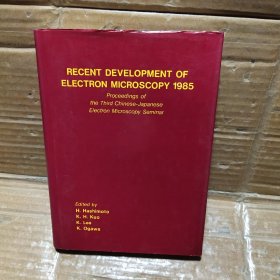
RECENT DEVELOPMENT OF ELECTRON MICROSCOPY 1985
八五品昆明
¥ 45.00
-
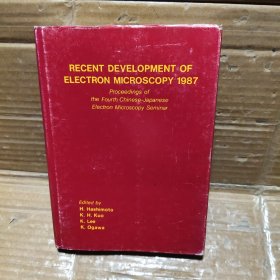
RECENT DEVELOPMENT OF ELECTRON MICROSCOPY 1987
八五品昆明
¥ 45.00
-

生物燃料技术新进展:recent development
全新广州
¥ 23.76
-
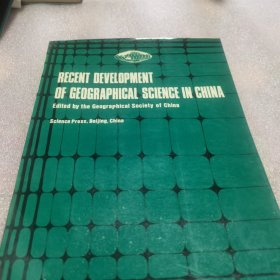
RECENT DEVELOPMENT OF GEOGRAPHICAL SCIENCE IN CHINA
九品长沙
¥ 10.00
-

RECENT THEORIES OF HUMAN DEVELOPMENT(馆藏书)
九品重庆
¥ 529.00
-
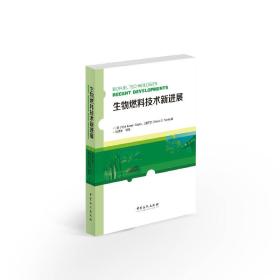
生物燃料技术新进展:recent development
全新北京
¥ 35.60
-

recent development of geographical science in china
九品衡水
¥ 9.90
-
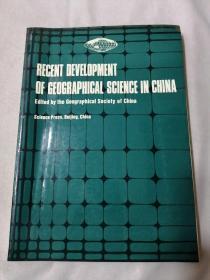
RECENT DEVELOPMENT OF GEOGRAPHICAL SCIENCE IN CHINA
九品石家庄
¥ 10.00
— 没有更多了 —
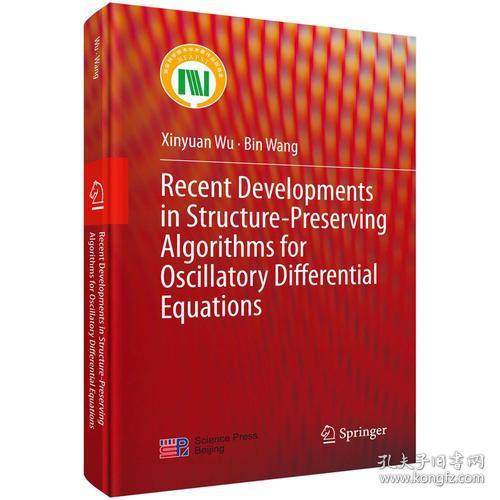













以下为对购买帮助不大的评价